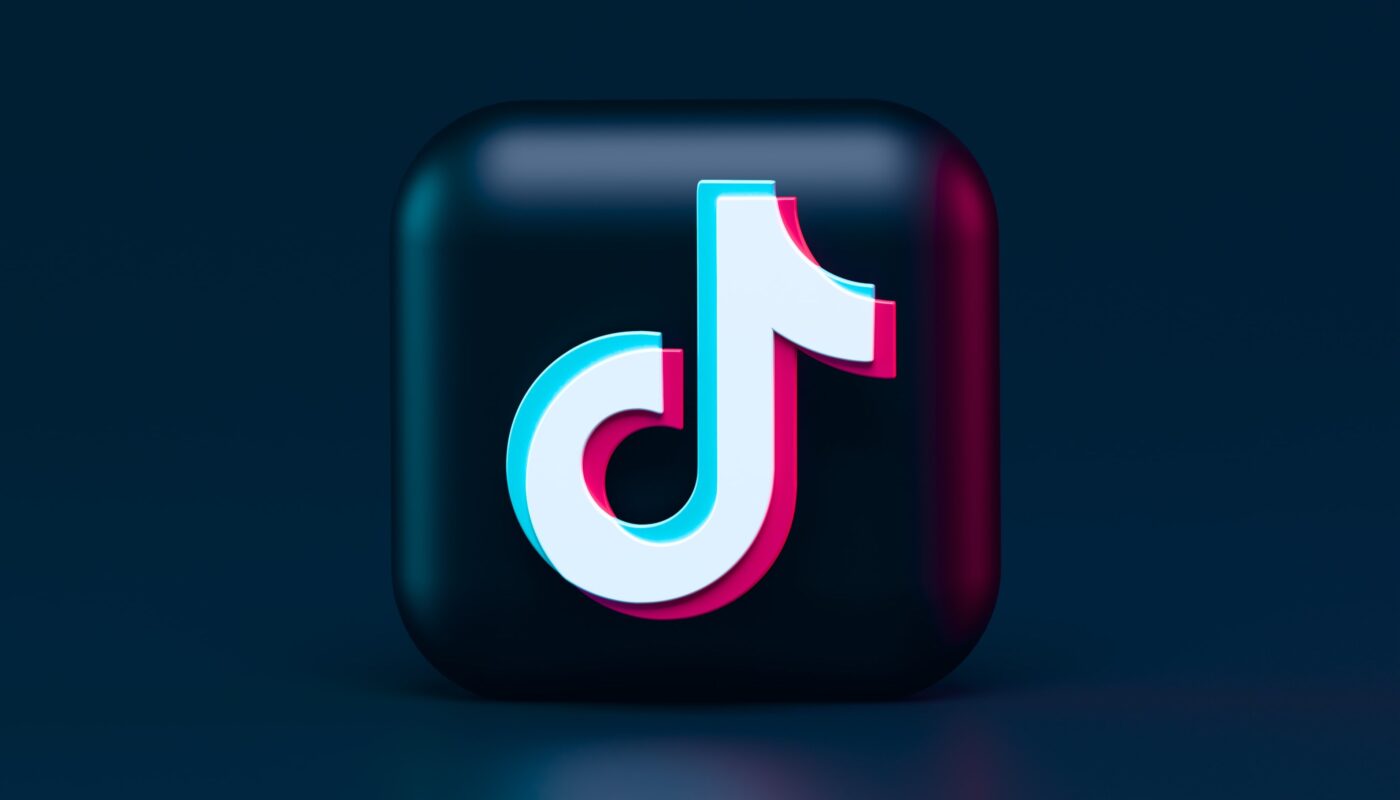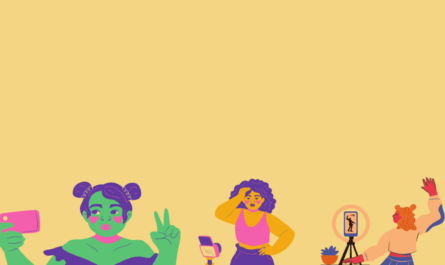By: Morgan Hanson
Let’s talk TikTok algorithms, because it has a very confusing one.
TikTok first launched in 2017 but during the COVID-19 pandemic, it became an internet sensation. Now, the app has over 1.1 billion active users.
But there’s a lot of unknowns about the app. Things will come up on your “for you page” (fyp) that are oddly specific and relatable to you, which seems strange at first glance.
Every TikTok you like or comment on, everything you share, your location, hashtags, the music attached to videos you watch, how long you stay during a video, etc. is all used to calibrate content specifically tailored to you (creepy, right?).
Everyone has their own page with their own recommended content. No two “for you pages” are the same.
For a while, people were stuck playing a guessing game, trying to figure out exactly how TikTok got such perfect content onto people’s pages. A press release was released explaining this unknown world of the for you page.
TikTok explains the different factors such as user interaction, video information, and device and account settings as the primary basis for recommendation.
If you watch an entire TikTok and don’t skip through it, TikTok will remember that and recommend similar content to you. But if you skip through videos, don’t watch the whole thing, TikTok will remember that too.
The different hashtags, sounds, and captions included in the videos you interact with matter (have you ever scrolled through your fyp and every single sound is the same? This is why).
You can also tell TikTok what videos and types of content you don’t like. You can simply long press a video and tap not interested. TikTok won’t recommend similar videos to you anymore.

This growing platform is being used for more than just personal use. For PR professionals, it can make a huge difference in your strategy, especially when trying to reach younger audiences.
Posting TikToks, as a brand or as ads, that align with trends and using popular hashtags can reach a larger audience.
There are different ad strategies that TikTok offers: brand takeover, in-feed video, and top-view video. Each offers different benefits and what works best for your brand, may not work for someone else.
Incorporating influencers into your strategy to promote products or brands can make a huge difference in your success as well. The influencer industry is growing and people are eager to get involved. Take advantage of it!
Using the platform as a PR strategy is becoming increasingly more popular. And it’s going to take a lot of research, trial and error to determine the most effective way it works for you and your brand.
At the end of the day, TikTok is an ever-evolving, successful app that can offer a lot of benefits to you personally, and as a business strategy.



Thank you for the Tik Tok breakdown. Tik Tok is my first experience with algorithms that has been extremely obvious to me. While I’m sure a lot of things I interact with use algorithms, I am not too familiar with them. However, after having Tik Tok for a year, I have become more familiar with them. Seeing how quick the Tik Tok algorithm adjusts is mind-blowing. It is so powerful and I wonder how the algorithms is negatively affecting society. It seems that the power Tik Tok holds is dangerously strong.
This blog was very helpful! I have also noticed how the TikTok algorithm differs from other social media and engagement is often a lot higher on Tiktok because of the “For You” page being the predominant way that people watch videos are watched, meaning you don’t necessarily have to have a large following to get large engagement, you just have to make videos that target the right audience or go viral for one reason or another. After having Tiktok for nearly two years, it is still mind-boggling how the algorithm picks up your likes and topics you’re interested in pretty quickly, sometimes a little to accurate.
Hello Morgan, I was unaware of how TikTok uses its algorithm, so thank you for sharing this. When you brought up watch time, I immediately started thinking of credit pages, or the last screen you see, where brands will usually give information on how to find out more about the brand. Thus, do you think that these screens could be hurting brands? As I assume, users are more likely to skip the last couple of seconds as they are not providing much value to the user—especially if they are uninterested in the brand. Should brands avoid static screens?
Hi! Great article, for the longest time I did not understand the TikTiok algorithm at first and I thought it was so weirdly specific. However, after some time I realized what they were doing with the algorithm. This article totally sheds some more light on it. It will also be interesting to see how brands use the algorithm in their favor in the near future.
Hi Morgan, great take on tik tok algorithms. I notice that me and my roommates have similar videos that pop up on our fyp pages. We always thought it was bizarre but I can totally see how the location might be getting picked up on. I think the way that the Tik Tok’s algorithm is set up makes the app so great. I love how I never get bored of the application .I’m always getting new information thrown at me. But on the down side, I do stay on it a lot. I also agree that this can be a great marketing tool. The way the algorithm works makes it easier for companies/brands to get noticed. Thanks again for this great piece!
Hi Morgan! I’ve really enjoyed your post, as I am an avid Tiktok watcher! I defiantly believe that my FBI agent is listening to me and showing me what I want to see on my algorithm on Tiktok and on social media. I have seen more ads of items I need very often and it is very interesting .
I’m not no TikTok king, I don’t even own a Tiktok account, but I do and have heard about the dreaded TikTok Algorithms because of how messed up they are. I’ve heard Tiktok censoring individuals content and also minimizing other individual platforms based off of their races. It’s crazy to know how technology is “the working mind” for some of this big corporation whom need to be help accountable and blaming things on Algorithms.